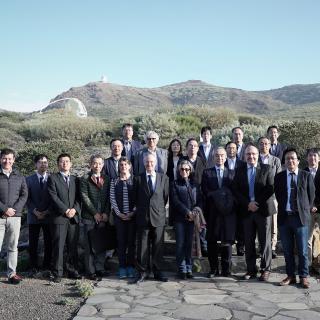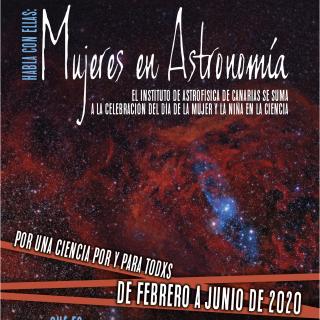
The Japanese ambassador to Spain, Kenji Kiramatsu, yesterday visited the Instituto de Astrofísica de Canarias (IAC) and the Canary Island Observatories, together with Masahiro Aoki, secretary to the Embassy, Yoshihiro Miwa, the consul of Japan in Las Palmas de Gran Canaria, and Josep Piqué Camps, President of the Council of the Spain Japan Foundation. Yesterday, they were received by Rafael Rebolo López, the Director of the IAC and Jesús Burgos, administrator of the General Services of the IAC at its headquarters in La Laguna. After a short visit, the delegation went up to the Teide
Advertised on




